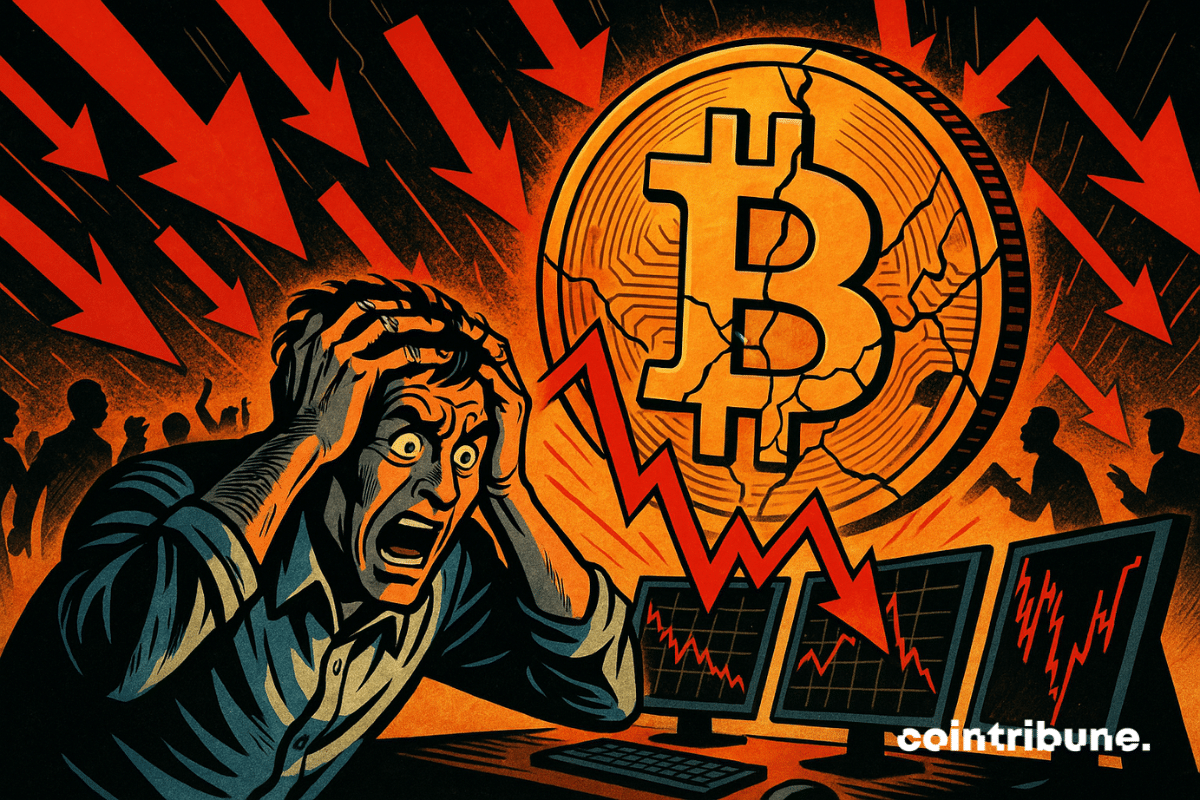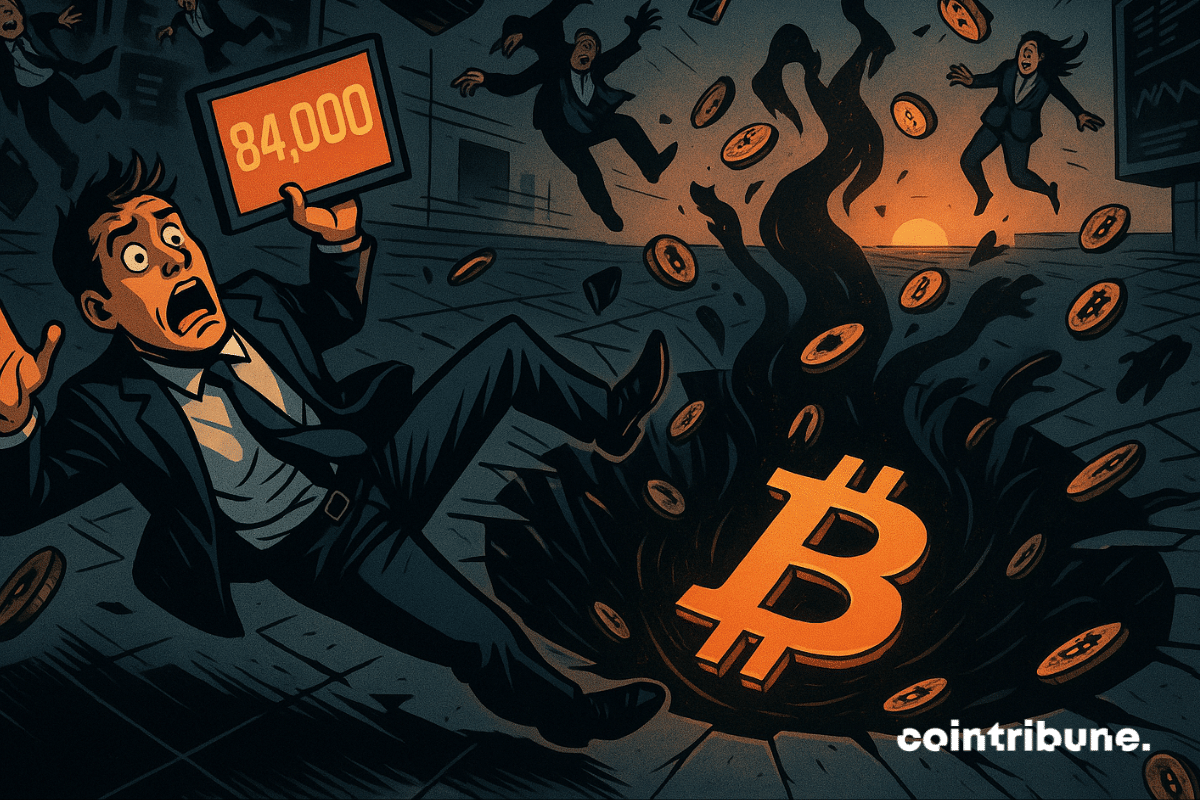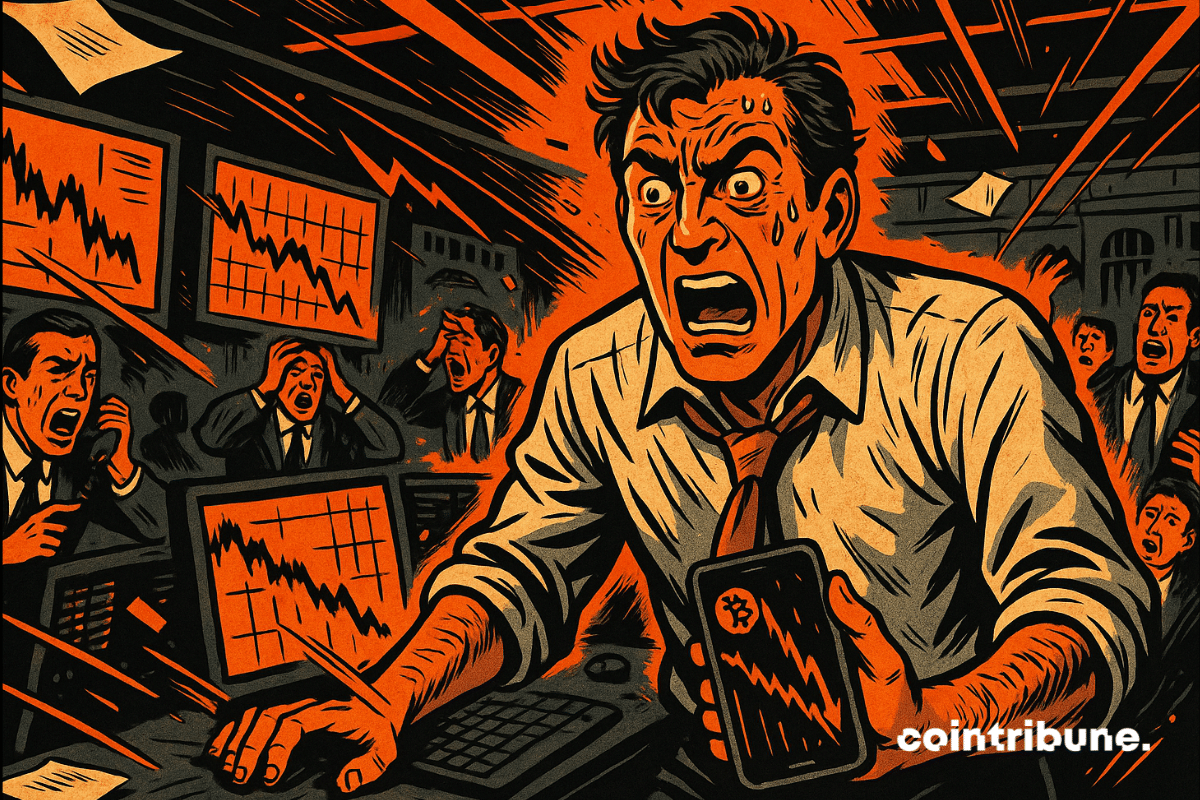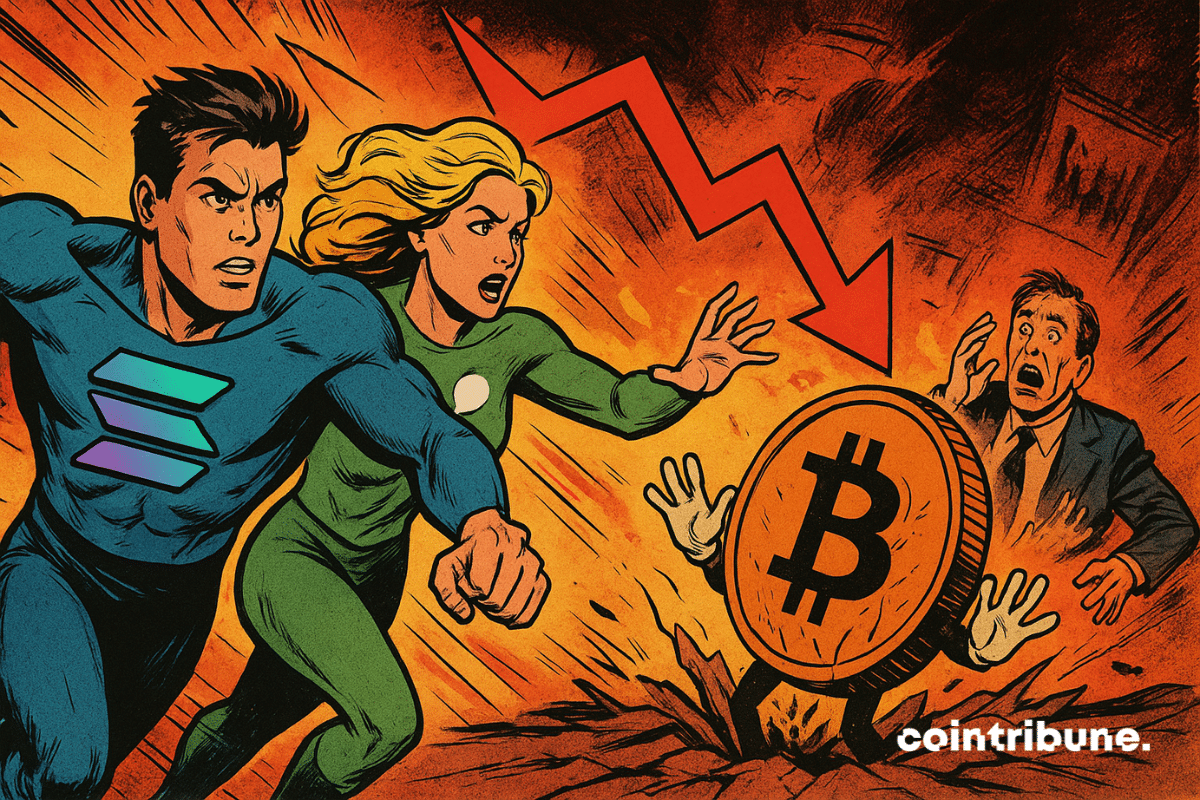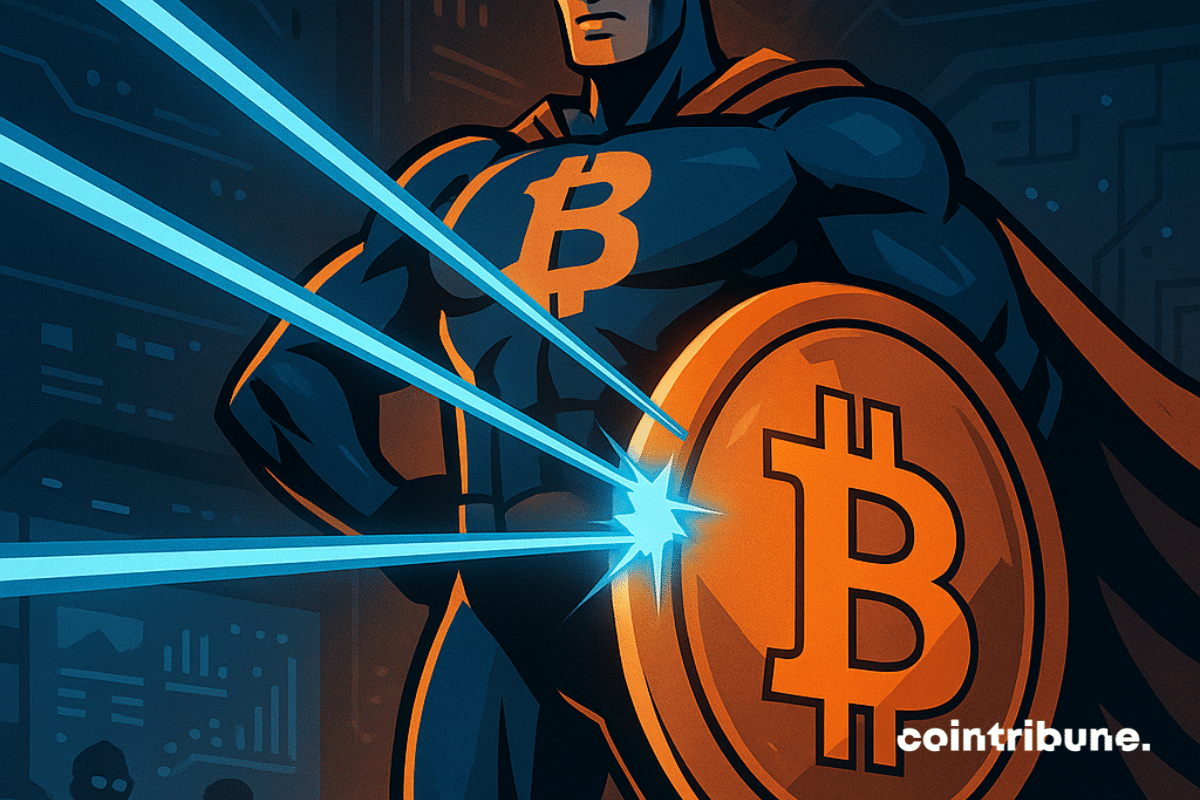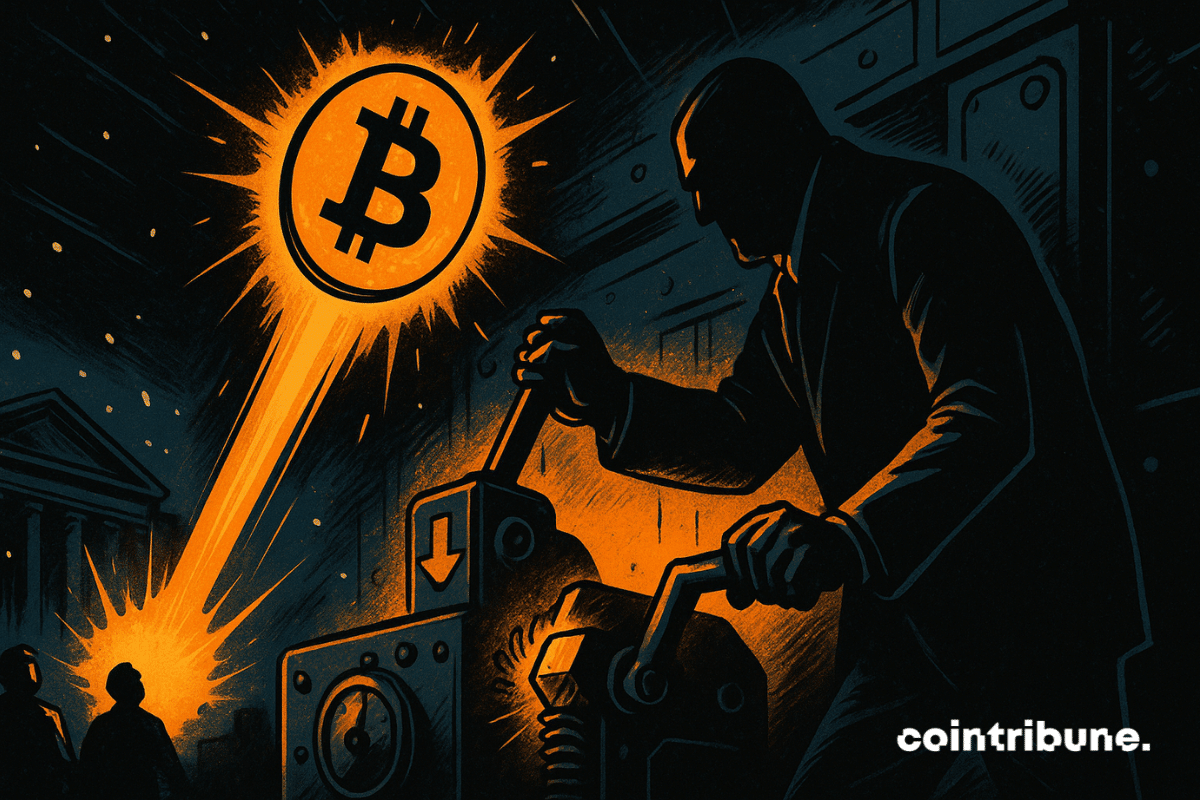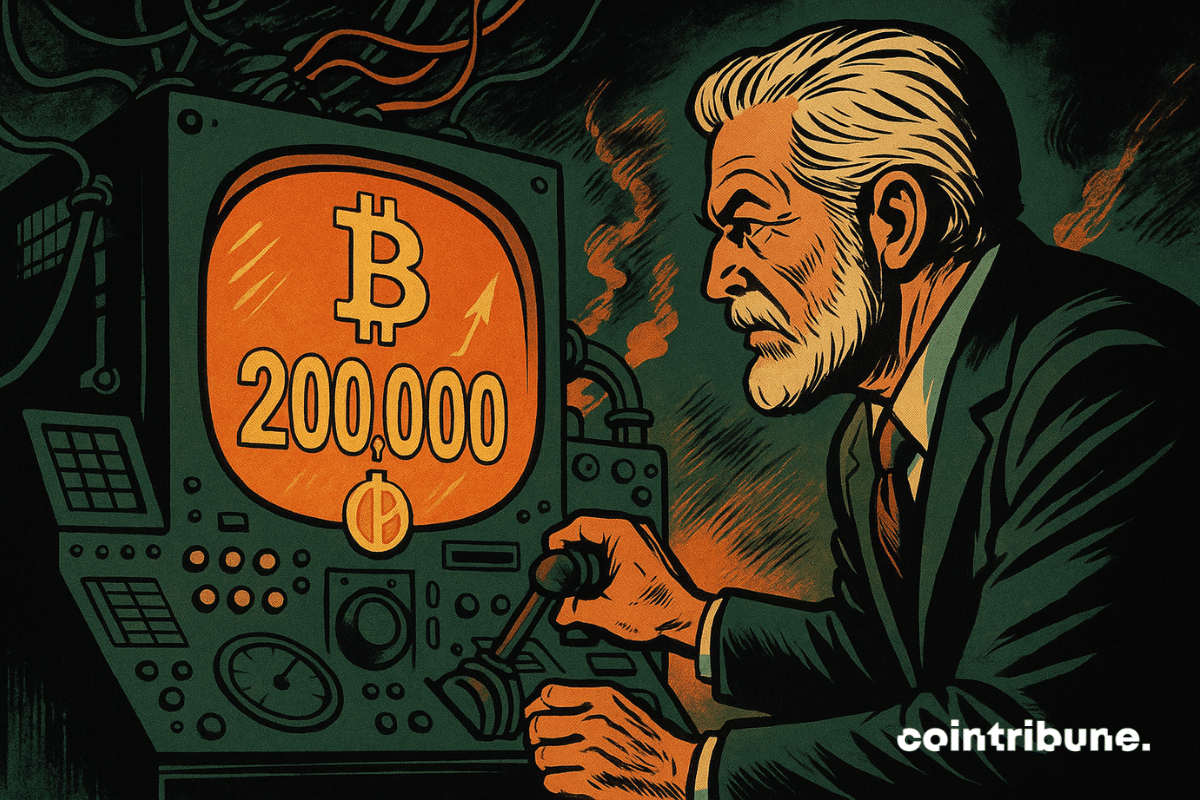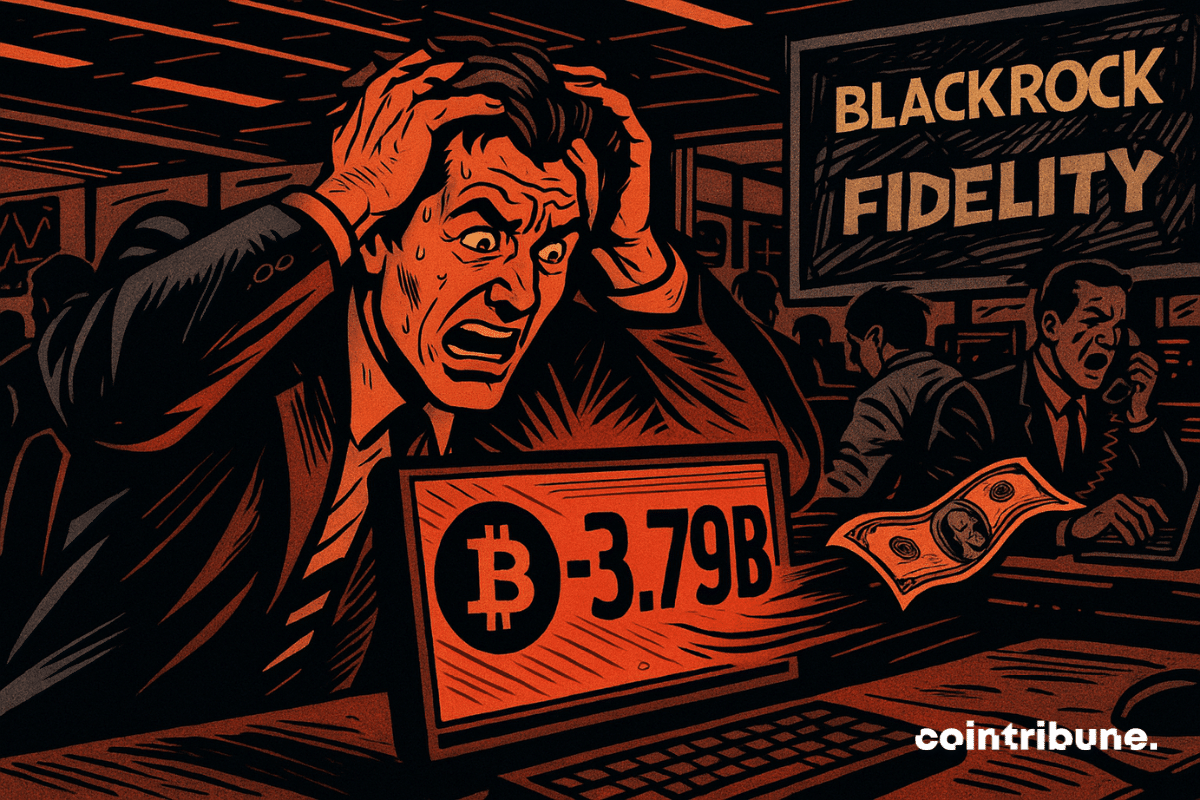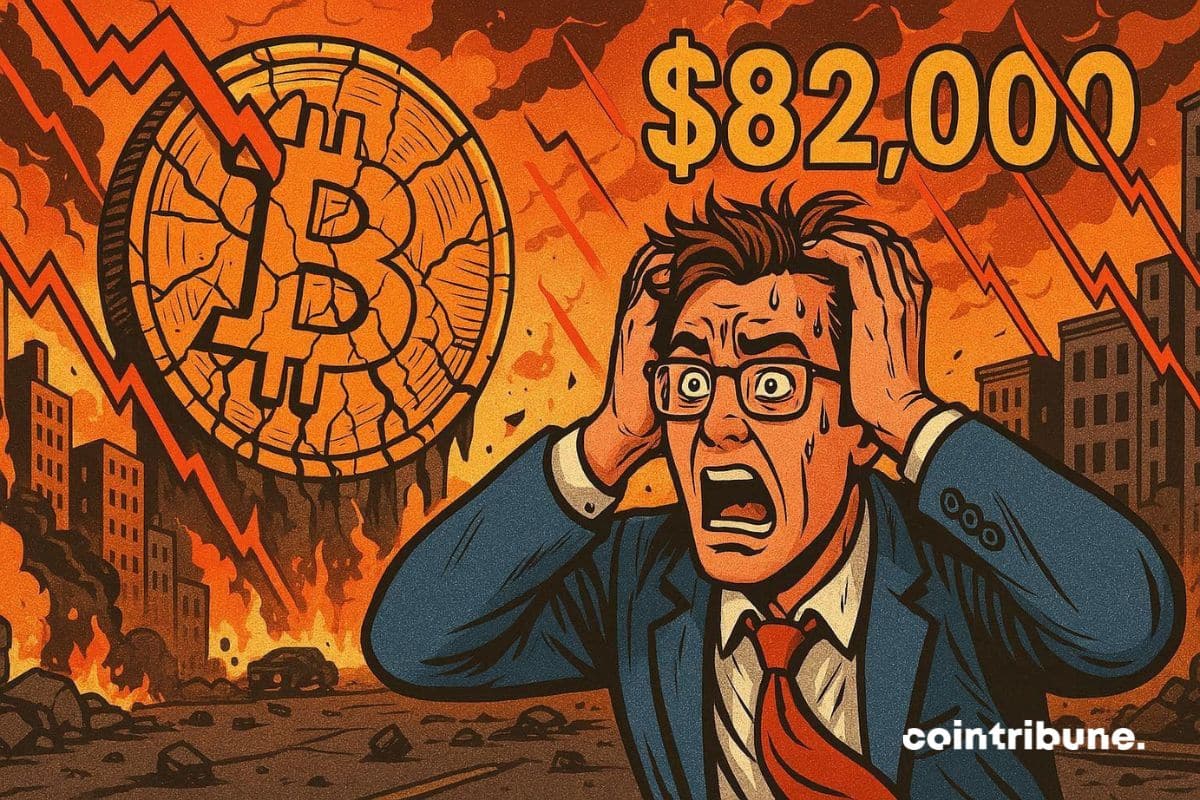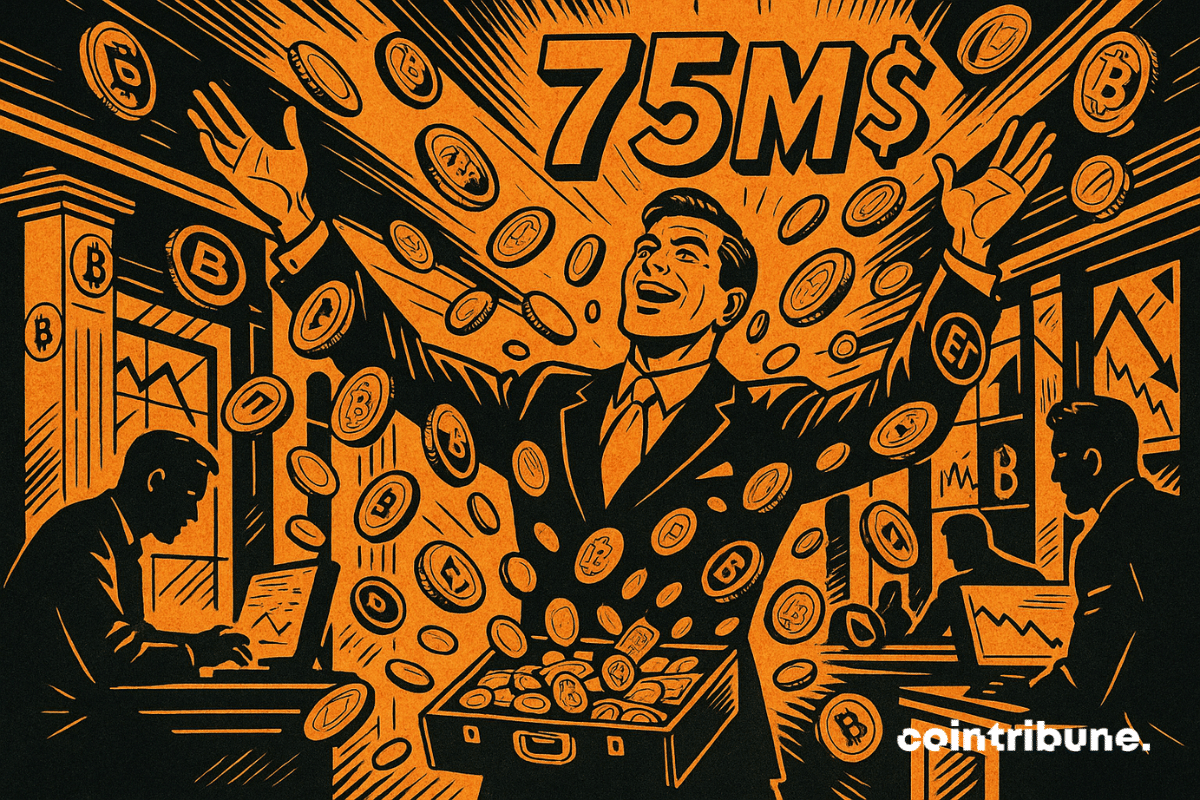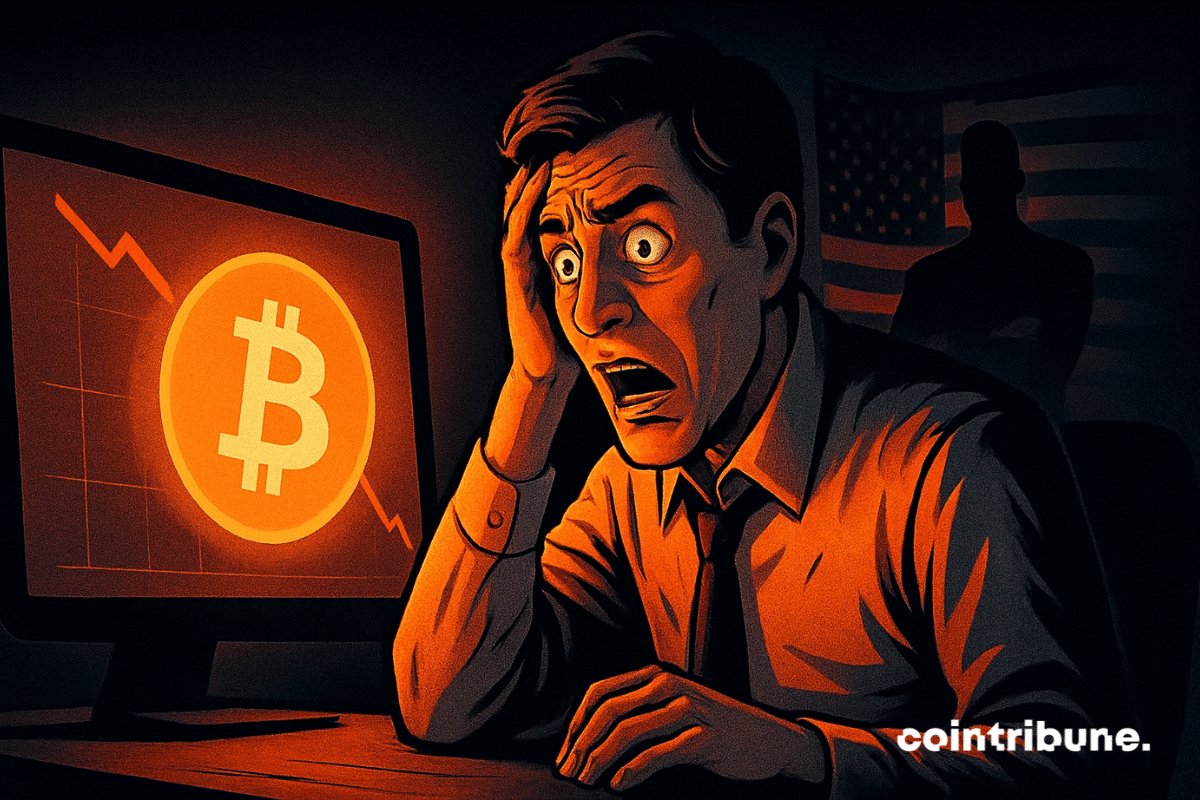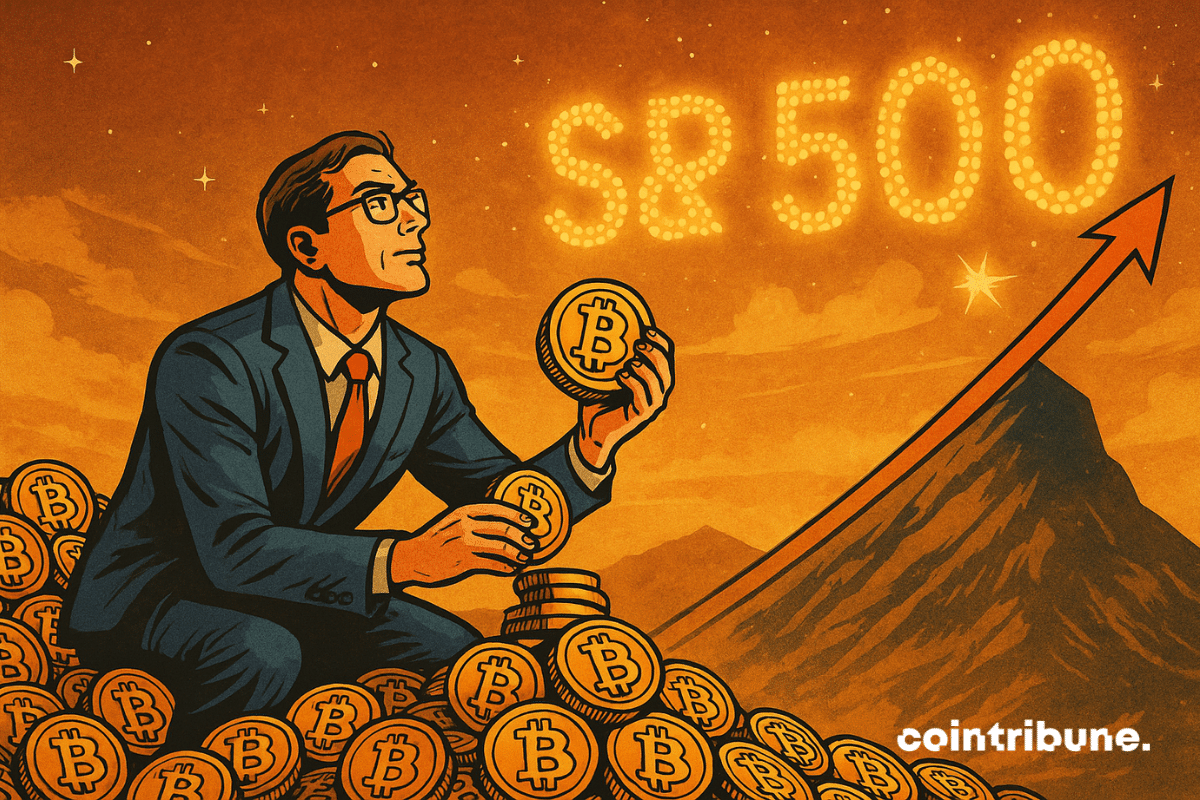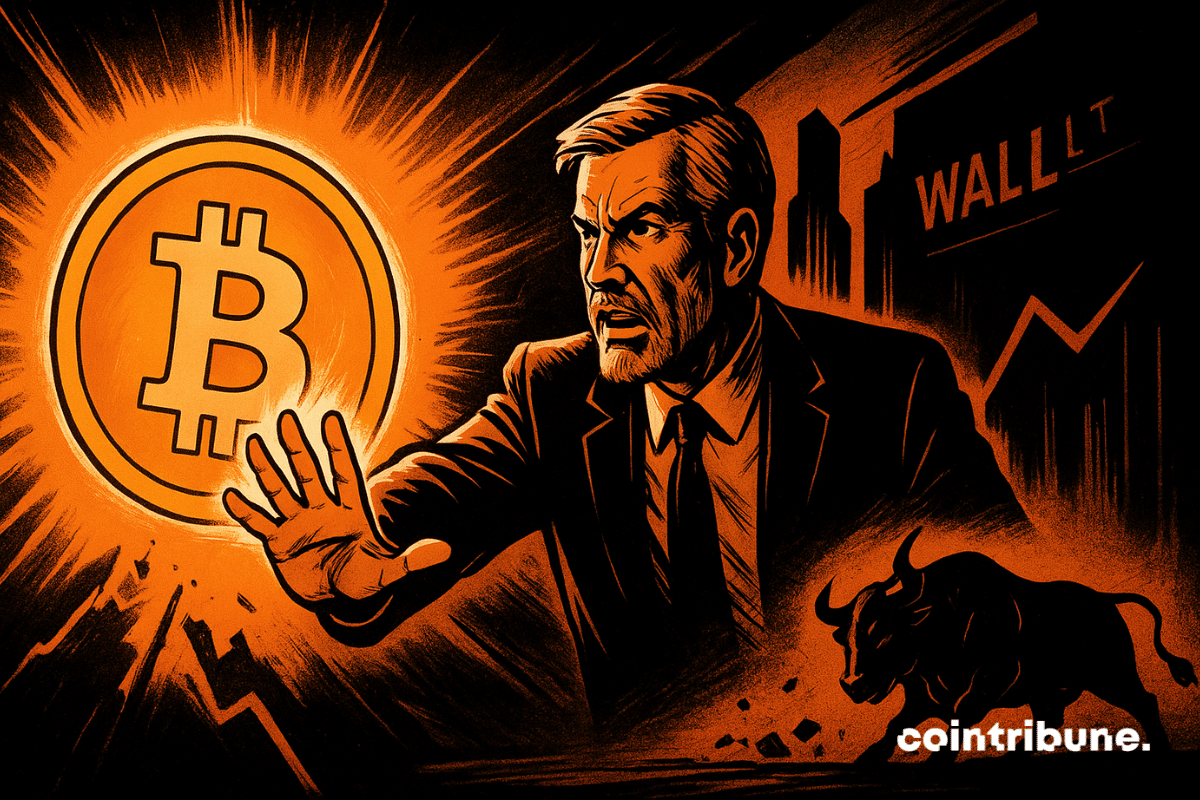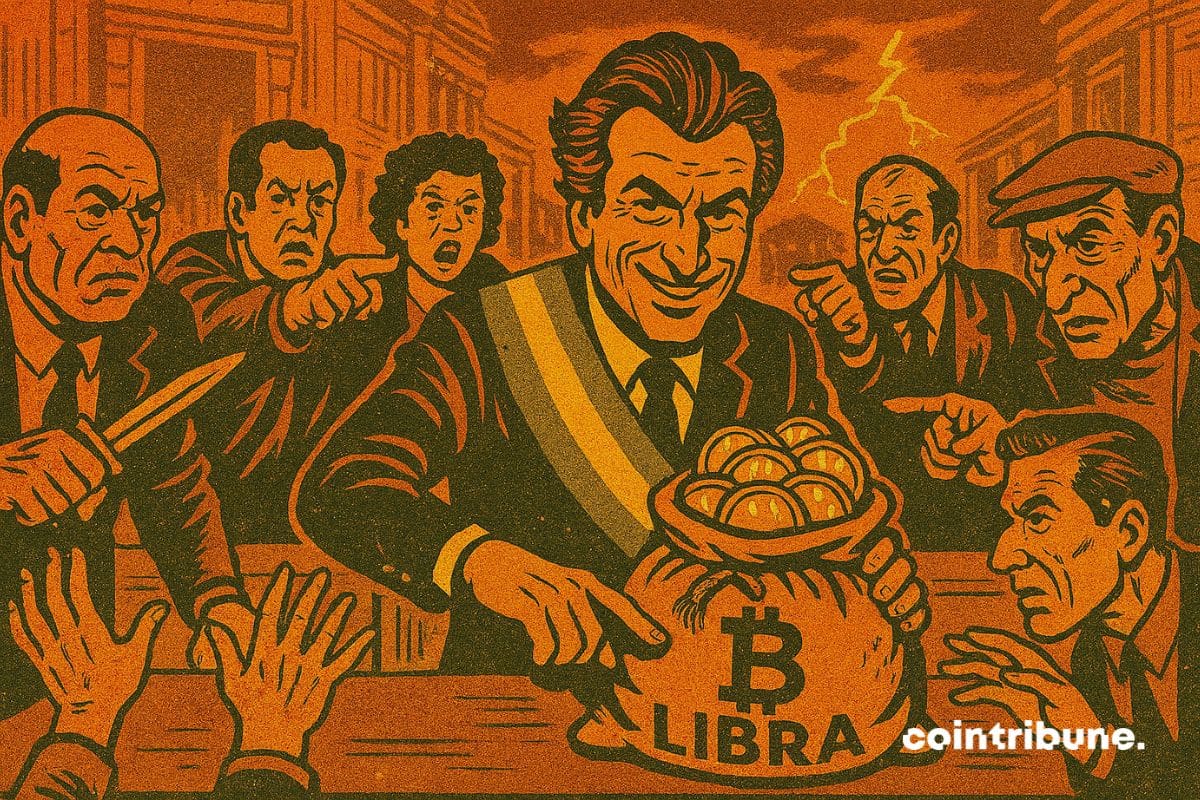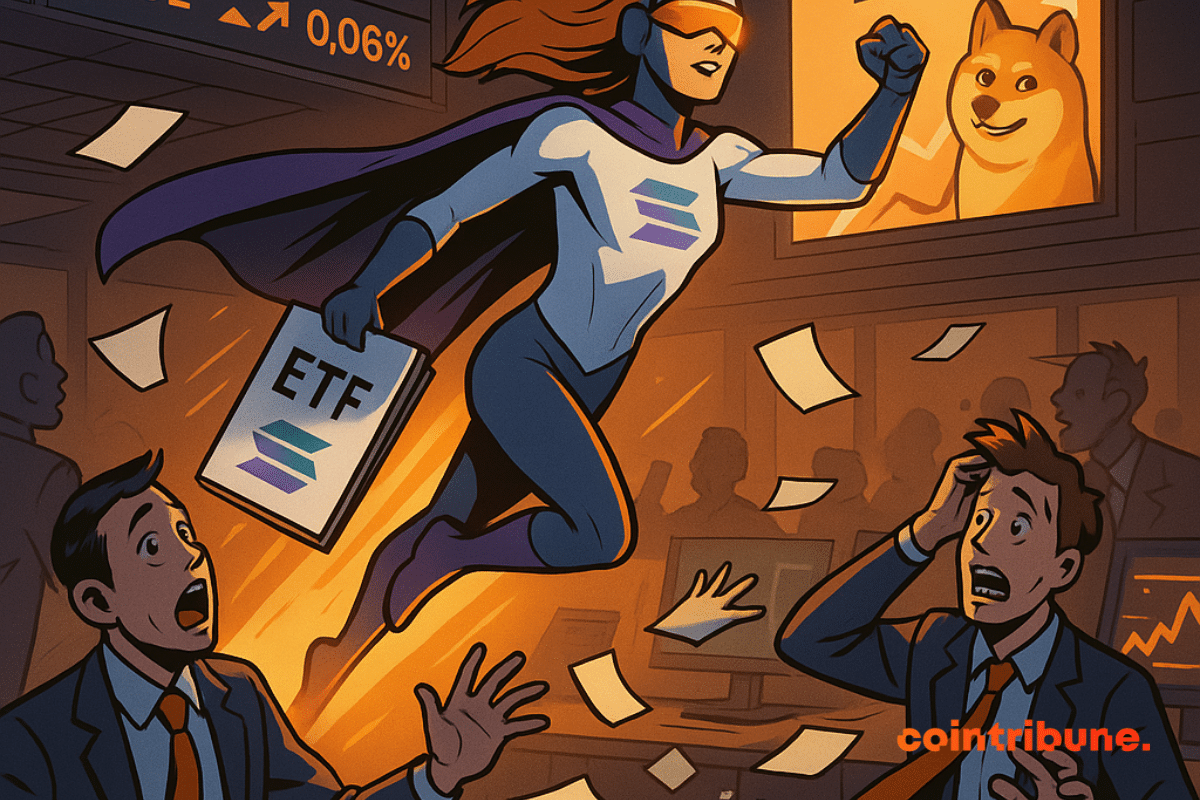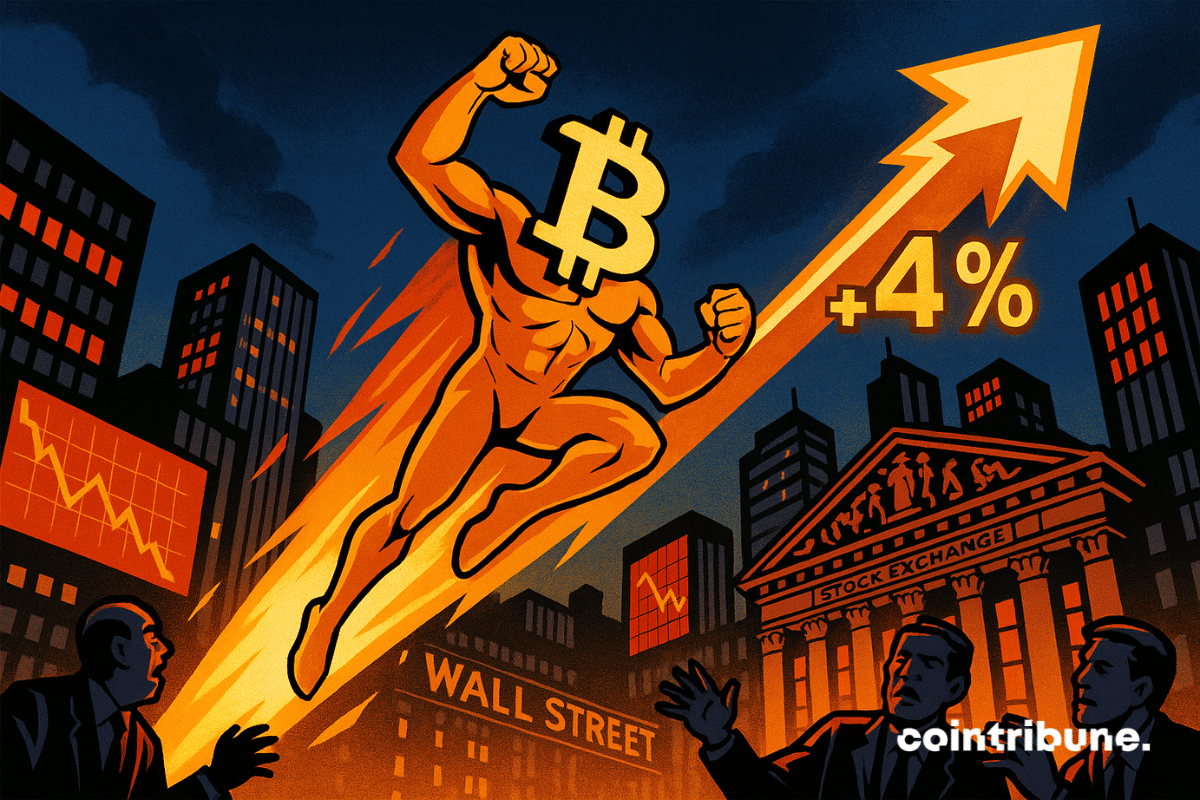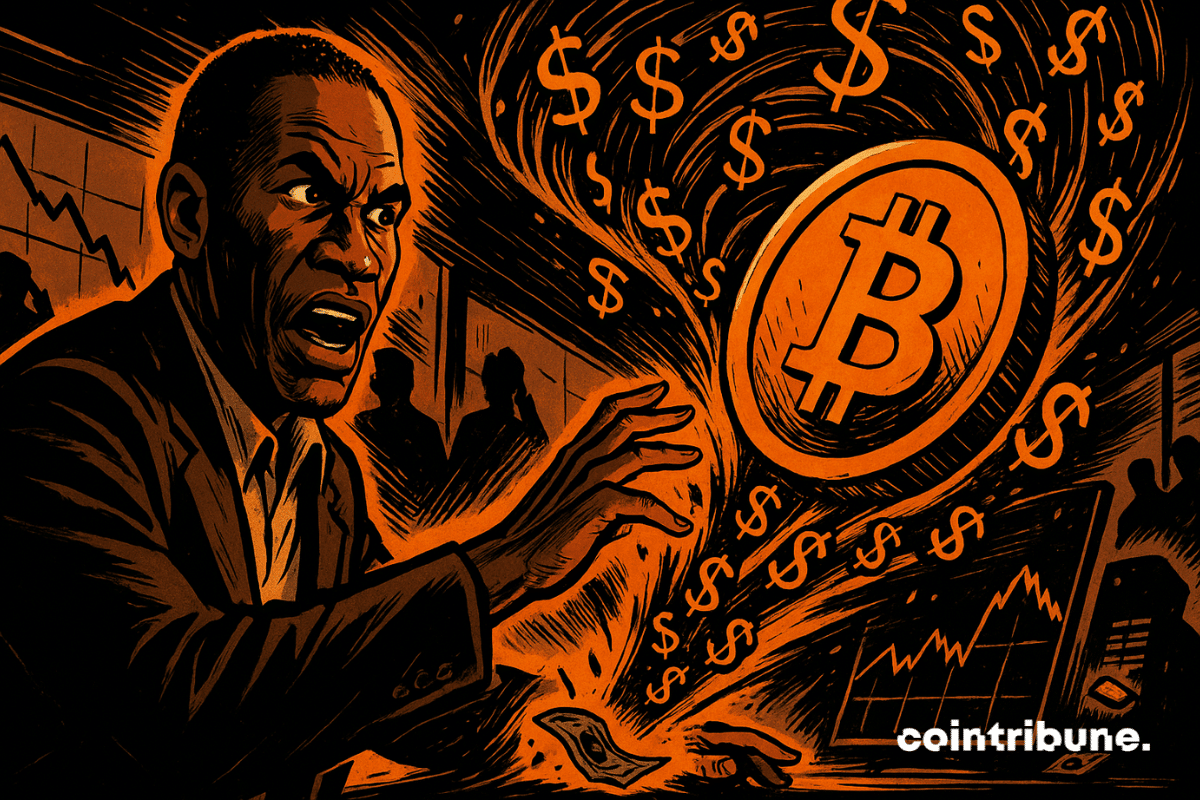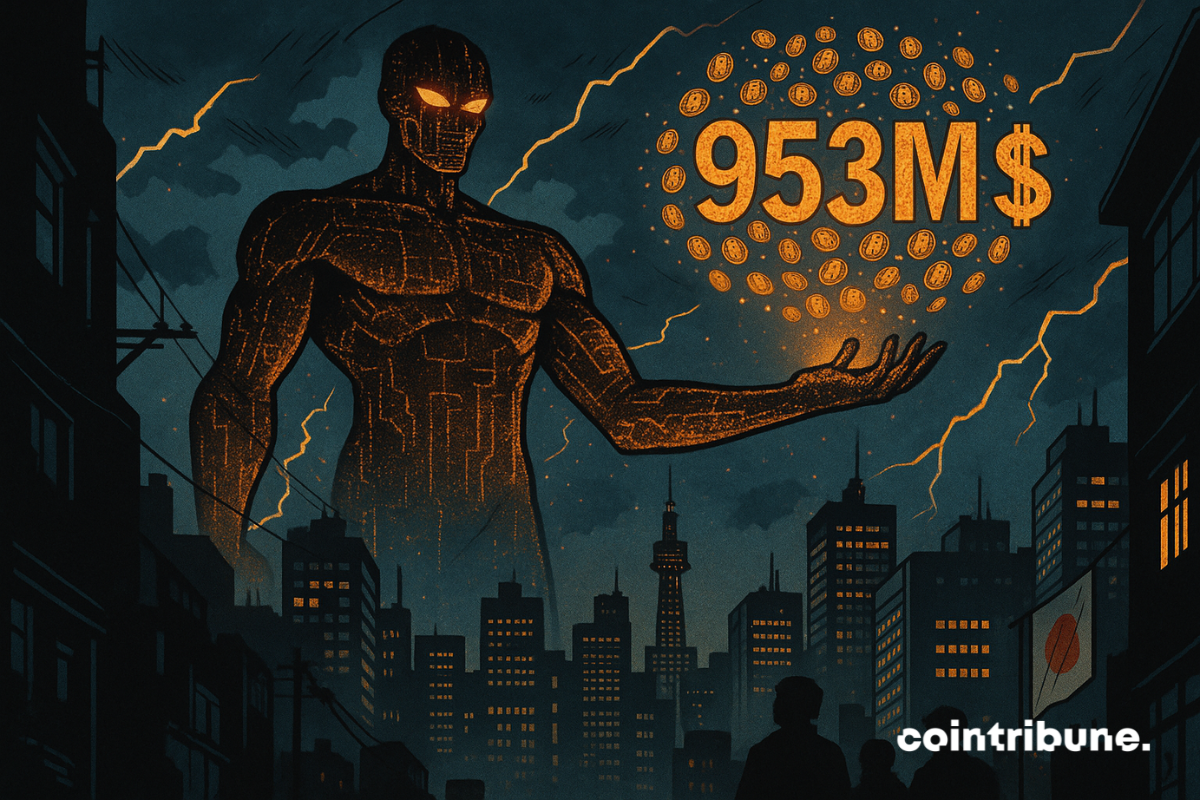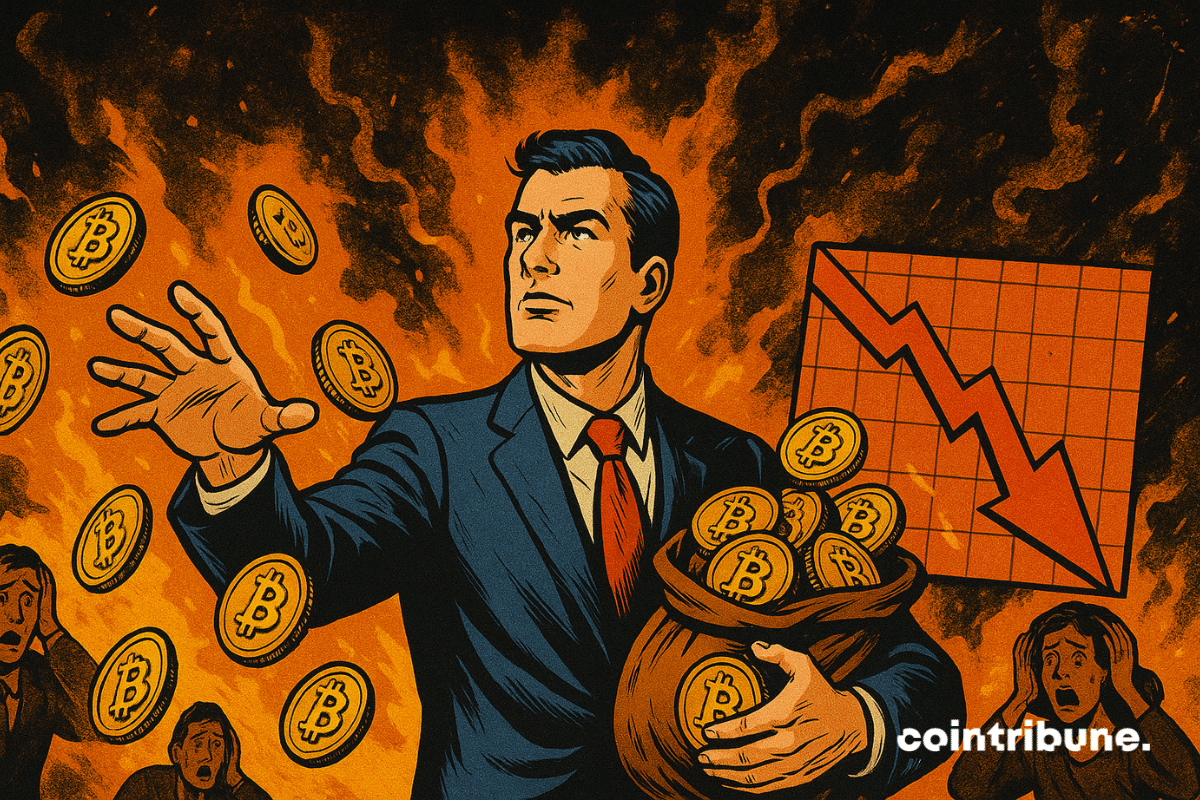Market pressure has surged across the crypto sector. Even so, analysts say the recent wave of Bitcoin ETF outflows reflects short-term trading adjustments rather than a meaningful pullback by institutional participants. Recent redemptions, combined with forced selling in spot markets, have put added stress on prices, but experts maintain that broader demand for Bitcoin remains intact.
Theme Bitcoin (BTC)
Bitcoin fell to $80,000 as crypto funds saw massive outflows, but analysts point to improving liquidity that could spark a December rally.
The Bitcoin Fear & Greed index has just plunged into an extreme fear zone, a rare signal that has often preceded spectacular rebounds. With critical levels at $80,000, the market is at a decisive turning point. Should you buy now or fear a new wave of selling?
U.S. stocks and crypto tumbled as investor fear surged, with the S&P 500 losing $2 trillion and Bitcoin falling below $85K.
Sharp volatility hit the crypto market on Friday after Bitcoin briefly plunged on Hyperliquid. The sudden drop triggered millions in liquidations and sharply raised investor anxiety. Prices bounced back quickly, but market data indicate that conditions remain fragile and pessimism is deepening among traders.
While Bitcoin and Ethereum endure massive withdrawals, two newcomers shake up the scene. Solana and XRP ETFs accumulate nearly 900 million dollars in net inflows despite a market in full collapse. Are we witnessing the emergence of a new hierarchy in the crypto ecosystem?
The Bitcoin Core audit everyone was demanding has finally taken place and it found almost nothing to criticize. For software securing a network worth hundreds of billions, this is no small detail. It is a strong signal, both for cypherpunks and institutional desks accumulating BTC behind the scenes.
While bitcoin continues to decline, a signal from the U.S. Federal Reserve briefly reversed sentiment. Within hours, the odds of a rate cut in December nearly doubled, reigniting hopes of monetary support. In a climate of uncertainty, this reversal fuels speculation of a possible rebound. Investors, until now on the defensive, are now watching the Fed as a key factor for crisis exit.
Robert Kiyosaki sold his bitcoins, cashing in 2.25 million dollars. An unexpected decision, while he predicted a BTC at $250,000 by 2026. In a declining market, this withdrawal questions the real drivers of his strategy.
Bitmain, Chinese giant of Bitcoin mining, raises concerns in Washington. A secret investigation reveals fears of espionage and sabotage via these ultra-dominant machines. At stake: American security, the interests of the Trump family, and the future of crypto-mining.
While the crypto industry oscillates between volatility and hopes of a rally, Peter Brandt, a respected figure in technical analysis, cools down the enthusiasm. Unlike the euphoric forecasts of some sector leaders, he believes that bitcoin will not cross $200,000 before the third quarter of 2029. Such a projection questions the solidity of short-term bullish scenarios and invites a reconsideration of the real pace of market cycles.
Uptober fizzled out, November bleeds: $3.79 billion gone, Bitcoin stumbles, Solana rejoices… What if the BlackRock giant just pressed where it hurts?
Bitcoin has just plunged to $82,000, triggering $2 billion in liquidations and record ETF outflows. Between widespread panic and hidden opportunities, this historic crisis could change everything. Decode the causes, risks, and winning strategies to not miss the rebound — or avoid the trap.
Bitcoin is collapsing, and this time, the culprits are not who we think. JPMorgan unveils an unexpected phenomenon: small investors, once loyal, trigger panic by emptying their ETFs. Who are these mysterious sellers, and why are they shaking the crypto market? The answer will surprise you.
Bitcoin has just reached 86,000 dollars, a pivotal threshold that places the asset at the heart of an area referred to as "max pain" by several analysts. In a climate of monetary tension, this drop fuels fears of an imminent institutional capitulation.
Little known outside Japan, Metaplanet now intends to play in the big leagues. With an aggressive bitcoin accumulation strategy, this Tokyo-listed company is about to raise 135 million dollars to further strengthen its treasury in BTC. A bold initiative that confirms the growing place of bitcoin in the financial strategies of listed companies, and further fuels the parallel with Strategy.
Bitcoin ETFs are attracting capital again: simple rebound or bearish trap? We deliver the details in this article.
Bitcoin’s fall under $90,000 on Wednesday revived market fear and extended a sell-off that has already lasted several days. Prices slipped to levels not seen since earlier periods of stress this year. Traders responded by stepping back from risk and reducing exposure across both spot and derivatives markets.
Caution settles in on the markets. In a few weeks, investors have seen their hopes for monetary easing vanish while Bitcoin lost its momentum. But does this correction signal a simple pullback or the start of a real bear market?
BlackRock takes a staking cure for its Ethereum: a developing ETF that promises yield for large portfolios. Crypto, meanwhile, continues to trot towards Wall Street.
While bitcoin falters, a company makes the opposite bet. Strategy, the largest corporate holder of BTC, continues to buy massively in the midst of turmoil, where others flee. Its radical strategy, often criticized, could nevertheless open the doors of the very selective S&P 500 as early as December. A possibility that, until recently, was still financial science fiction. This scenario, unthinkable a few years ago, crystallizes a major shift between institutional finance and cryptos.
Michael Saylor does not mince his words. In an interview given Tuesday to Fox Business, the executive chairman of Strategy dismissed concerns about Wall Street's impact on Bitcoin with a wave of the hand. For him, the arrival of traditional financial institutions did not weaken the digital asset. On the contrary, it would have stabilized it.
The Argentine parliament has just made a big move: in a damning report, it qualifies the promotion of the crypto $LIBRA by Javier Milei as an alleged scam, a scandal that cost investors 400 million dollars. Yet, his allies see it only as a political "buffoonery." Who is telling the truth?
VanEck's Solana ETF has just entered the scene, and it's not just another product on the altcoin shelf. We are witnessing a real flood of crypto funds on the stock market, with Solana and soon Dogecoin at the forefront. Between slash fees, integrated staking, and a race against regulatory time, a new battle is playing out far from traditional exchange platforms.
While traditional markets are wavering in anticipation of Nvidia's results, bitcoin surprises by rebounding 4% on Tuesday. In a tense atmosphere, the crypto escapes the declining US stock indices and intrigues investors. Is this surge a sign of a new bullish momentum or merely a speculative spike? The timing, on the eve of a key verdict on AI, makes this move all the more strategic.
The crypto market is wobbling. Bitcoin lost more than 10% in a few days and struggles to regain momentum. Arthur Hayes, a prominent figure in the ecosystem, points to an unexpected culprit: the contraction of dollar liquidity. His thesis challenges conventional analyses and opens a debate on the real drivers of the market.
Nearly ten years after its spectacular collapse, Mt. Gox resurfaces. Indeed, the former Japanese bitcoin giant suddenly moved over 10,000 BTC, worth $953 million, after eight months of silence. This massive transfer rekindles fears of a large-scale liquidation. Worse still, creditors, already battered, will have to wait until 2026 to hope for reimbursement. Enough to revive tensions around the oldest scandal in crypto history.
Global cryptocurrency markets are under heavy pressure after a sharp decline in Bitcoin's value damaged sentiment across the sector. Prices are now giving back most of the gains made earlier in the year, while smaller tokens are falling to multi-year lows. Investors are reassessing risk, trading volumes are shrinking, and several analysts warn that further declines remain possible.
Tom Lee says Ethereum is entering the same supercycle that propelled Bitcoin’s historic surge, noting the move will require holding through market ups and downs.
Strategy has just reached a new milestone in its bitcoin accumulation strategy. Michael Saylor's company acquired 8,178 BTC for 835 million dollars, marking a spectacular acceleration of its investments. This operation occurs in a context of high volatility, where the bitcoin price lost 11% in seven days.
